Anglican Church, a legacy of service in Trinidad and Tobago
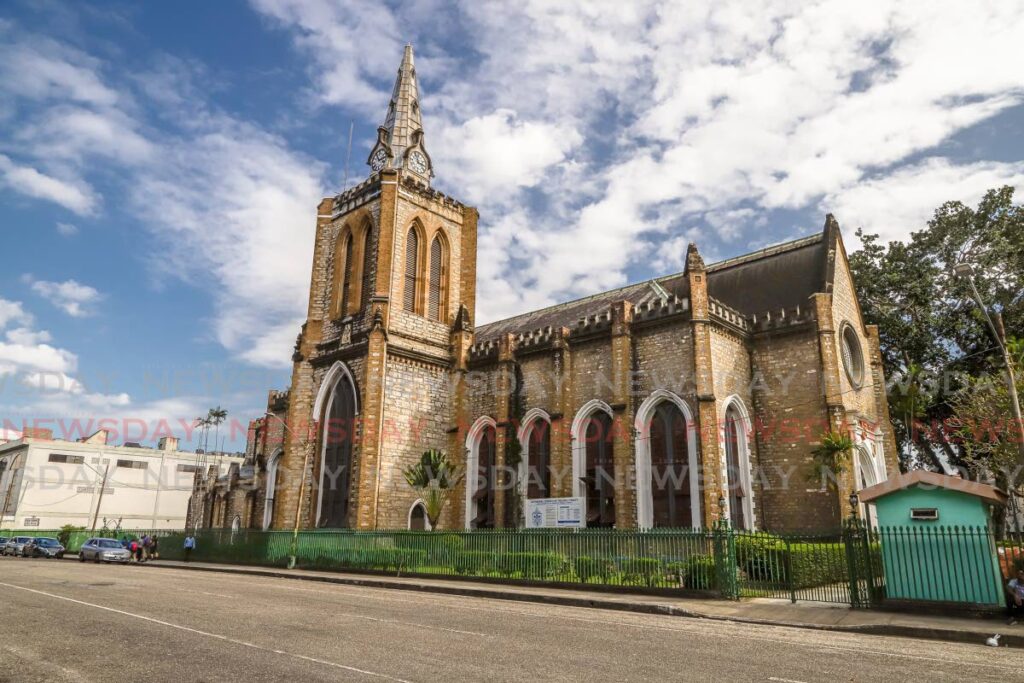
Religious institutions have always served as the cornerstones of their communities. In many communities, these structures were built by hand by the very members they served and contributed to the social, economic, and cultural needs of their villages.
Such is the legacy of the Anglican Church in the diocese of Trinidad and Tobago. From humble structures in rural villages to the architectural gem that is the Cathedral Church of the Holy Trinity in the heart of Port of Spain, the church has been a stalwart in communities across the country for generations.
This was the view of Bishop Claude Berkley when he spoke with Sunday Newsday on the impact of the church and its service over the years.
Berkley, the first bishop from Tobago, was consecrated on March 17, 2011 as Coadjutor Bishop and made Bishop of the Diocese of TT in December that year.
He began his journey as a child at St Mary’s Church in Pembroke, Tobago.
“I served the church my whole life,” he told Sunday Newsday at his office at Hayes Court in Port of Spain. “I didn’t think I would find myself in this position but that is what happened.”
He said at an early age the church instilled in him and its other serving members morals and ethics. Berkley served in several positions, including altar server, choir member, and youth adviser. “Throughout my life, I have been involved in service in one way or another.”
He said in his early days, the Anglican church had much influence.
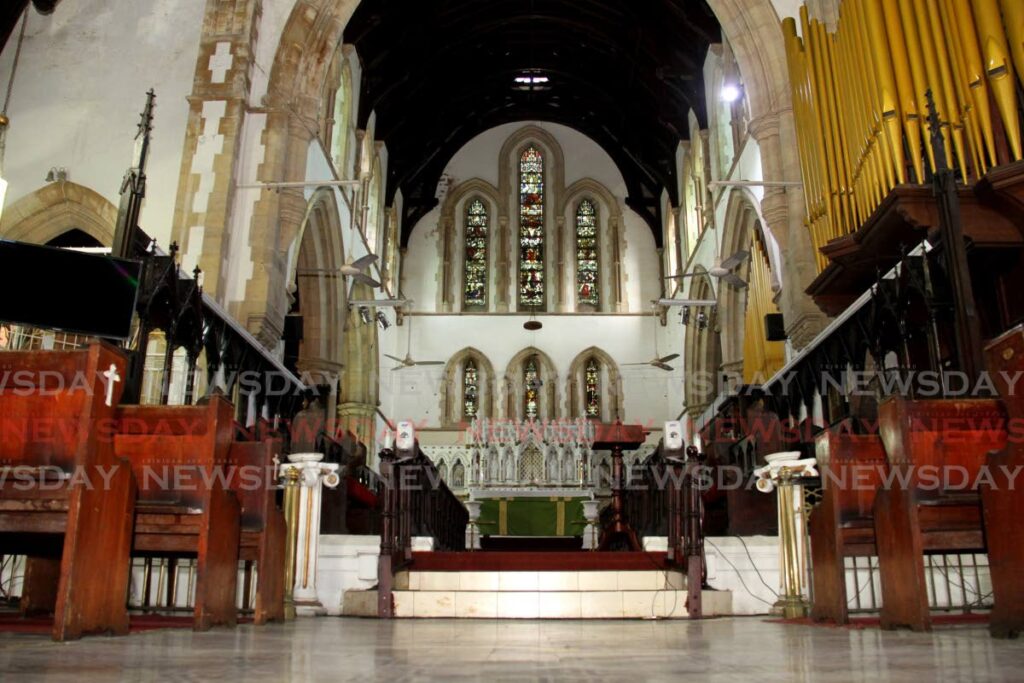
“Almost everyone in the communities was either a member of the church or a past member,” he said.
“The church organised the social, cultural and religious life of the village in the sense that the members were involved in the cultural aspects and village council. There was a sort of social cohesion that the church promoted in the life of its communities. Even those who weren’t members looked to the church for guidance and leadership in time of need.”
Berkley said what is now known as the Anglican Church was once the Church of England. In this country, two bodies known as the Incorporated Trustees of the Church of England in Trinidad (1873)
– until 1872 Trinidad was part of the Anglican Diocese of Barbados –
and the Incorporated Trustees of the Anglican Church in Tobago (1887) became one in an act to change the name of the Church of England in 1966.
The church now serves 98 churches in 30 parishes, with 59 primary and eight secondary schools.
Commitment to education
Berkley said the church has played an integral role in national development, especially with its commitment to education – a huge role in its overall mission.
“The word mission is a church word. In its mission, the church has contributed by way of education in our schools. There was a time when our schools performed at a very high level for a very long time and that kind of training in academics and morals would have gone a long way to contributing to national development.
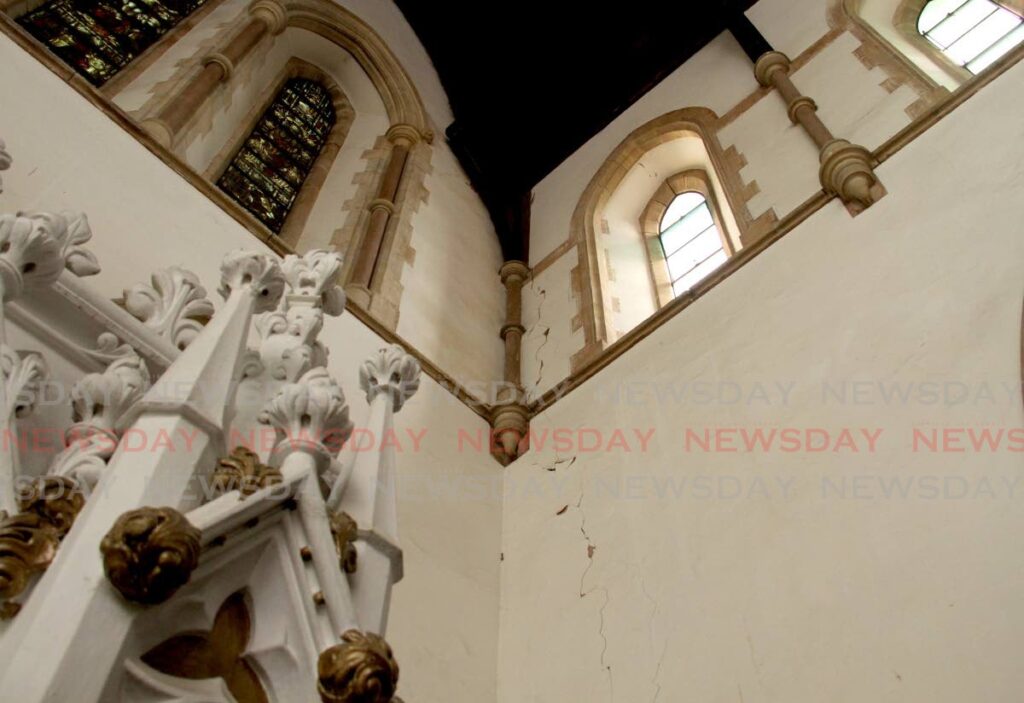
“We worked with the State in providing that educational development and service. We also did social work where the church managed homes (including) St Michael's Home for Boys' at one time and St Mary’s Children’s Home.”
The St Michael's school in Diego Martin closed in 2018 after 129 years.
Berkley said the church works closely with the State to care for and provide direction to the lives of young people.
“Then you have what the church does on a weekly basis; conducting worship, leading services, Bible studies, other religious and spiritual exercises to shape the people’s behaviour and outlook in society. People are taught to serve the common good.”
He said churches have also served as places of counsel for families, marriages, and troubled adolescents. “Altogether, quietly and on its own, the church is contributing to the national goodwill effort.”
Beyond the pandemic
“There is strong commitment,” said Berkley. “More recently, during the pandemic when we had to make tremendous adjustments, we found people came forward quietly to support the work of the church. That was really encouraging. That tells you that there is a show of support for the work of the church that remains.”
Berkley said the pandemic has caused the church to focus a number of matters it may not have paid attention to before.
“We have been able to strengthen our communication by way of services online (but) the pandemic has also caused some serious differences in opinion (in) acceptance of protocols.”
He said people still cannot accept they have to book a space in the church rather than just walking in.
He hopes with the recent ease in restrictions, things will improve.
Many others are still uncomfortable coming out to church. Berkley said the pandemic has been hard on members as the church was not able to serve its communities as it normally would.
“Visitation of the sick, care of the elderly: we were very careful in how we did that. There were feelings about that, but we tried our best to meet the situations in the best way we could.
"All in all, it has been an experience to which we were called upon to respond in faith, and we have tried to do so as best we can.”
Trinity Cathedral: A national treasure
On May 25, 1823, Holy Trinity Church in Port of Spain was consecrated, before it became the cathedral in 1872, so in 2023 it will mark its 200th anniversary. But Berkley said the church had been serving the community for much longer.
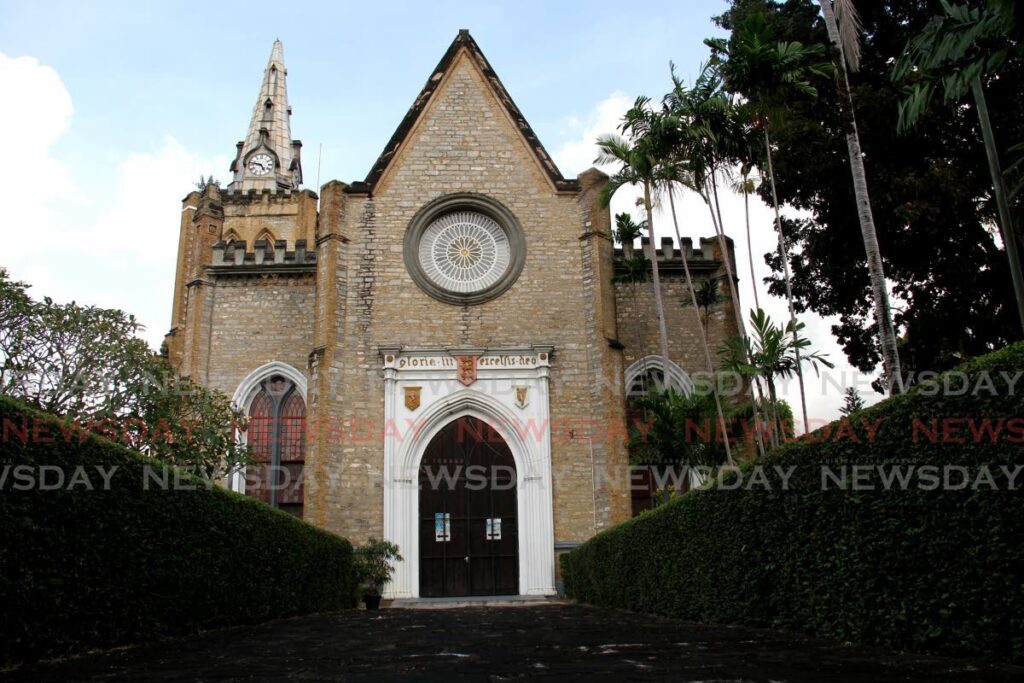
The Abercromby Street entrance to the Holyt Trinity Cathedral in Port of Spain. - PHOTO BY AYANNA KINSALE
“The time of consecration meant the church was now declared free from encumbrance. It’s not really the full story; 200 years is attached to the building and the time it was declared officially for service."
He said the religion is much older in other parts of the Caribbean, with churches in other countries such as Barbados and Jamaica dating back to the 17th century.
Citizens for Conservation president Rudylynn De Four Roberts gave Sunday Newsday a brief overview of the building’s historical significance to TT and the wider region.
“In the English-speaking Caribbean, it is one of the most beautiful churches we have,” she said.
What many people don’t know, she continued, is that the cathedral was first built in Woodford Square.
“When the public found out, they made a lot of noise about it. There was a lot of protesting and they had to dismantle and rebuild in the area it is now. Woodford Square had long been associated with protesting and a place where people voiced their opinion.”
The building was commissioned by then governor of Trinidad Sir Ralph Woodford, with about 90 per cent of the money coming from the imperial government. It was designed in the Gothic Revival style by Woodford's secretary Philip Reinagle.
De Four Roberts said the church’s exterior was completed in 1818 and stone from Laventille was used to construct it, along with stone from Hillington Quarries of Staffordshire in England.
“Trinity Cathedral has long been associated with formal government functions (and) religious services…From the very beginning, it has been associated with the imperial power who paid most of the money to construct the church.”
Trinity Cathedral is now appealing to the public for donations for repairs after it was severely damaged in the 2018 earthquake. Roberts said an earthquake in 1825 also caused significant damage, but the 2018 event was far worse.
The cathedral is a national heritage site asset of the National Trust.
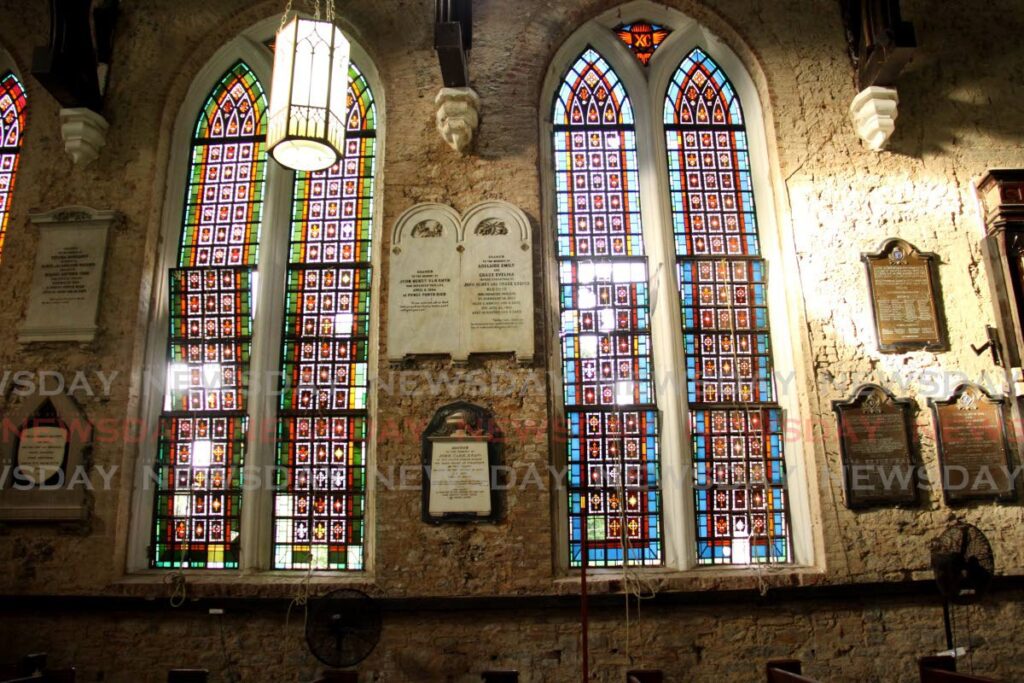
In a statement, dean and rector of the cathedral Dr Shelly-Ann Tenia said the building requires specialist contractors and artisans to restore it, with major repairs needed to the roof and ceiling, interior walls, stained-glass windows, flooring, bells and organ.
It said the Government had allocated $20 million to assist with the work. While some costs were met through the church’s fundraising activities, additional funds are needed – approximately $70 million.
Donations can be made through First Citizens Bank, account number 2696950.


Comments
"Anglican Church, a legacy of service in Trinidad and Tobago"